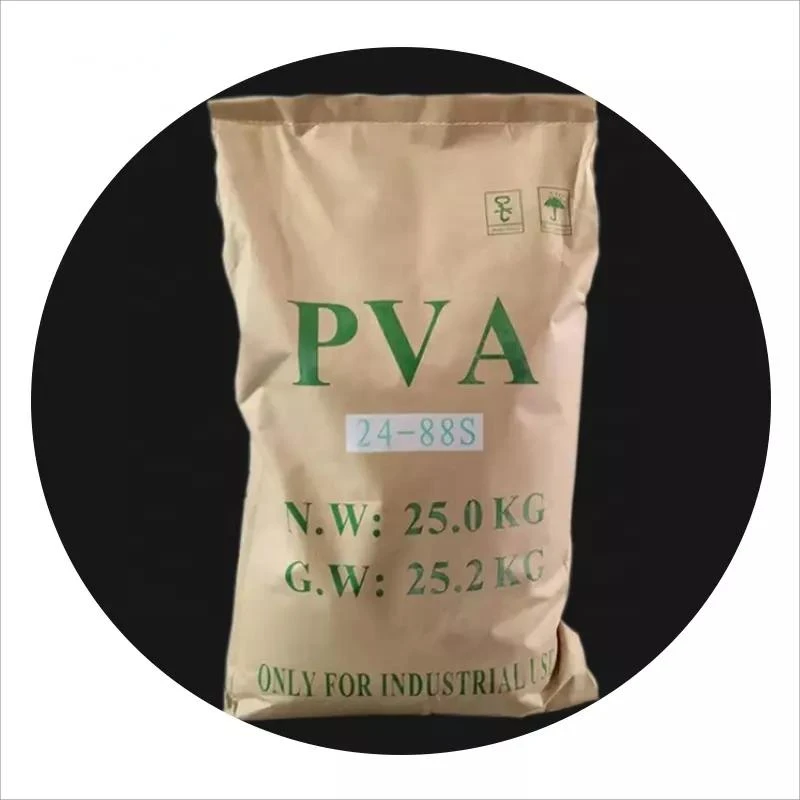Understanding Hydroxyethyl Cellulose (HEC)
Hydroxyethyl cellulose (HEC) is a non-ionic, water-soluble polymer derived from cellulose, a natural polymer present in the cell walls of plants. As a derivative of cellulose, HEC possesses unique properties that make it widely used across various industries, including pharmaceuticals, cosmetics, construction, and food processing. This article explores the structure, properties, applications, and benefits of hydroxyethyl cellulose.
Chemical Structure and Properties
HEC is obtained through the etherification of cellulose, where ethylene oxide is grafted onto the cellulose backbone. The resulting product features hydroxyethyl functional groups, which enhance its solubility in water and its effectiveness as a thickening agent. HEC is characterized by its viscosity, which can be adjusted by varying the substitution degree (the average number of hydroxyethyl groups attached to the cellulose). The viscosity typically ranges from low to high, offering versatility for different applications.
One of the key properties of HEC is its ability to retain water. This hydrophilic nature makes it an excellent thickening and stabilizing agent in various formulations. HEC solutions exhibit pseudoplastic behavior, meaning that they become less viscous under shear stress, which is beneficial during mixing or application processes. Additionally, HEC is chemically stable, resistant to acids, and remains effective over a wide pH range, making it suitable for numerous industrial applications.
Applications Across Industries
The versatility of HEC can be seen in its wide array of applications
1. Pharmaceuticals In the pharmaceutical industry, HEC is used as a binder in tablets, a stabilizer in suspensions, and a film-former in coatings. Its ability to control the release of active ingredients ensures that medications work effectively and at the desired rate.
hydroxyethyl cellulose hec

2. Cosmetics and Personal Care HEC is commonly found in lotions, creams, shampoos, and conditioners. It acts as a thickener, improves texture, and enhances the stability of emulsions. Furthermore, its moisturizing properties help maintain the skin's hydration.
3. Construction In construction, HEC is used as a thickening agent in cement-based materials, such as tile adhesives and joint compounds. It improves workability, allows for smooth application, and enhances the water retention of the mixes.
4. Food Industry HEC also finds its place in the food industry as a fat replacer and stabilizer in various products. Its safety and non-toxicity make it a popular choice for modifying the texture and consistency of food items.
Benefits of Hydroxyethyl Cellulose
The use of HEC offers several benefits. Its water-soluble nature allows for easy incorporation into different formulations. Additionally, HEC is non-toxic and biodegradable, aligning with the growing demand for environmentally friendly ingredients. Its versatility also means that manufacturers can tailor its viscosity based on specific needs, optimizing performance in various applications.
Moreover, HEC does not induce irritation or sensitization, making it safe for use in personal care products, further expanding its market potential. The stability and effectiveness of HEC over time contribute to the longevity and reliability of products utilizing it.
Conclusion
Hydroxyethyl cellulose serves as a critical ingredient in many formulations across different industries, providing functional benefits such as thickening, stabilization, and moisture retention. Its versatility, safety, and environmentally friendly characteristics make HEC a preferred choice for manufacturers aiming for high-quality products. As research continues to unveil new applications and enhancements for HEC, its significance in both industrial and consumer markets is likely to grow, cementing its status as a vital component in modern formulations.
-
The Application and Significance of Construction RdpNewsMay.19,2025
-
Industrial Grade HpmcNewsMay.19,2025
-
Building Coating Adhesive Building Coating Adhesive HpmcNewsMay.19,2025
-
Application Of Hpmc For Detergent For Detergent In DetergentsNewsMay.19,2025
-
Application Of Hpmc Cellulose In Cement-Based MaterialsNewsMay.19,2025
-
Application Of High Quality Hpmc For Construction In The Field Of ConstructionNewsMay.19,2025




